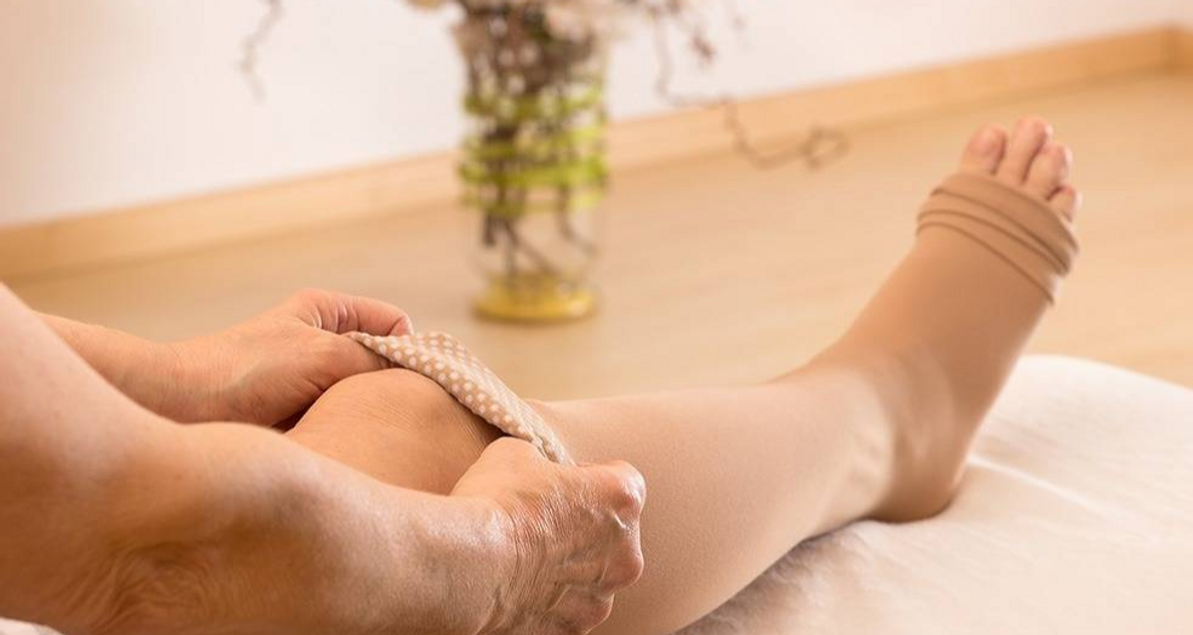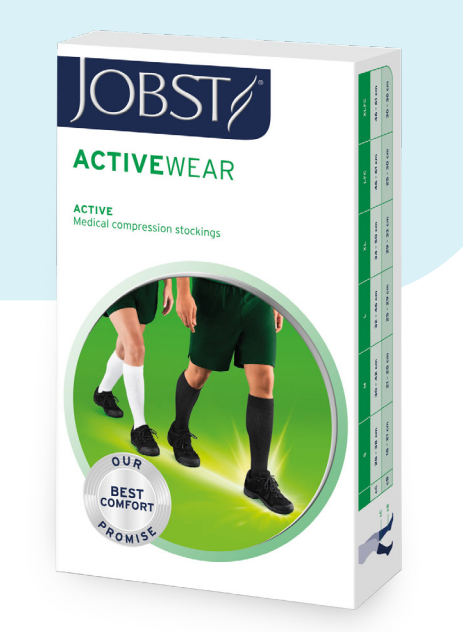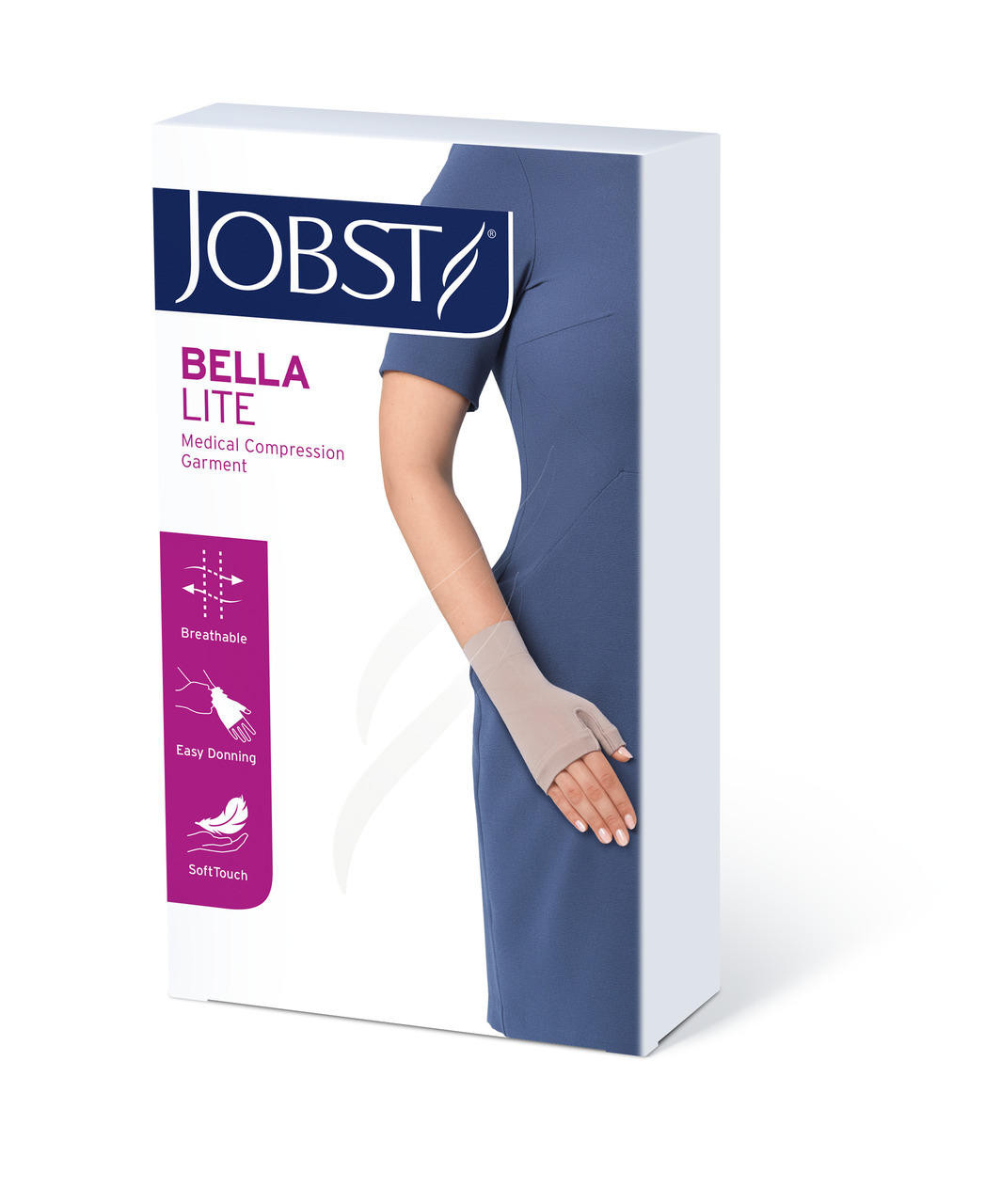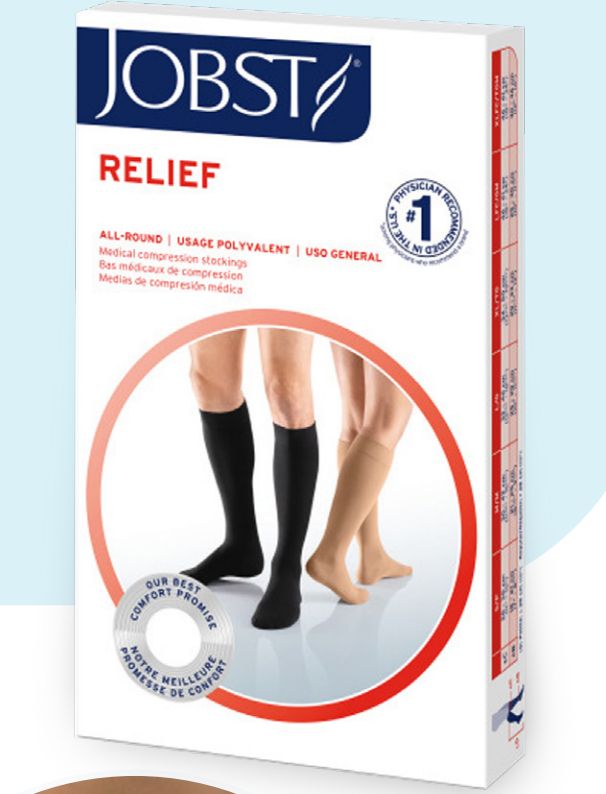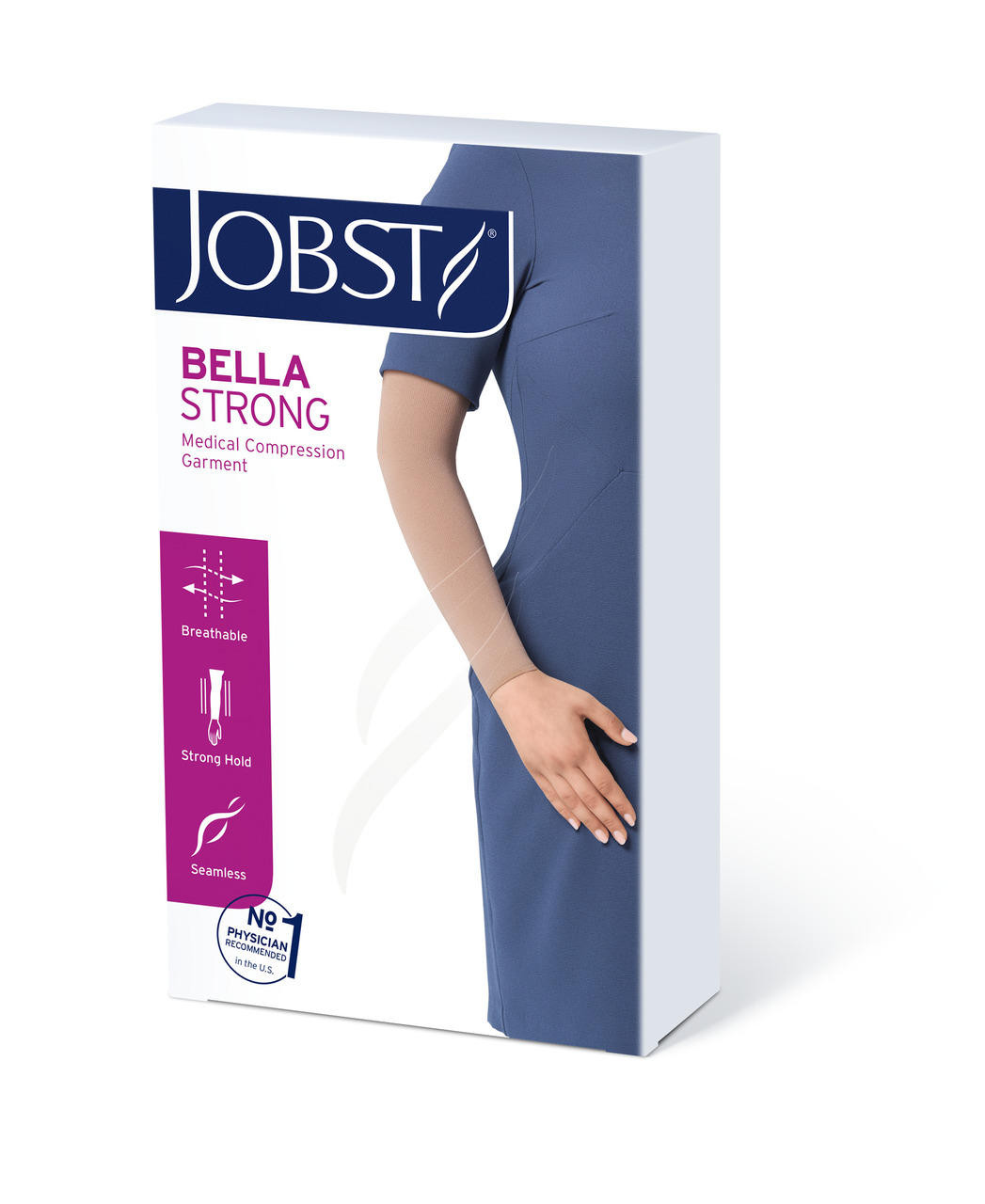The Science Behind Compression And Circulation Benefits: How Compression Improves Blood Flow and Health
The Science Behind Compression And Circulation Benefits: How Compression Improves Blood Flow And Health
We'll also highlight top-quality products available at Superpharmacyplus.com.au to support your health and well-being.
How Does Compression Improve Circulation And Venous Return?
What Is Graduated Compression and How Does It Work?
Graduated compression garments deliver the highest pressure at the ankle, gradually decreasing toward the calf or thigh. This pressure gradient acts like a dynamic pump inside the veins, propelling deoxygenated blood upward and ensuring continuous forward flow.
Understanding graduated pressure opens the door to exploring how it enhances lymphatic clearance without disrupting arterial supply.
How Does Compression Support the Venous and Lymphatic Systems?
Compression garments support venous valves by preventing backflow and reinforce lymphatic capillaries to drain interstitial fluid. As veins recoil under external pressure, valve leaflets seal more effectively, while lymphatic vessels experience gentle stimulation that accelerates fluid clearance.
Enhancing both vascular and lymphatic pathways naturally leads to reduced tissue swelling and improved nutrient exchange at the cellular level.
How Does Compression Reduce Muscle Fatigue and Swelling?
By limiting muscle oscillation during movement, compression reduces microtrauma and lactic acid buildup, which in turn lowers fatigue and post-exercise soreness. The same graded pressure also constrains fluid accumulation in the interstitial space, mitigating swelling and promoting faster recovery.
Reducing biochemical stress on muscles establishes a blueprint for the key health benefits addressed below.
What Are They Key Benefits Of Compression Therapy?
How Does Compression Prevent and Manage Deep Vein Thrombosis (DVT)?
Compression therapy prevents DVT by sustaining continuous blood movement in deep veins, which reduces stagnation and clot formation. For example, wearing 20–30 mmHg stockings after surgery can cut postoperative DVT risk by up to 50%.
Morris, R. J., et al., "Graduated compression stockings for preventing deep vein thrombosis after surgery." Cochrane Database of Systematic Reviews (2013)
Consistent use during high-risk periods is crucial to maintaining vessel patency and preventing complications like pulmonary embolism.
How Does Compression Help with Chronic Venous Insufficiency (CVI)?
Compression stockings in the 30–40 mmHg range counteract venous pressure in CVI by reshaping distended veins and supporting valve function. Patients often report decreased leg pain, reduced oedema and improved skin integrity as venous hypertension is alleviated.
Rabe, E., et al., "Clinical practice guidelines of the European Venous Forum: Management of chronic venous disease." Phlebology (2015). Addressing venous valve incompetence through external pressure lays groundwork for long-term symptom management.
How Does Compression Relieve Lymphoedema and Oedema?
By enhancing lymphatic drainage and preventing fluid extravasation, compression garments limit the buildup of protein-rich fluid in tissues. Combined with manual lymphatic drainage, consistent compression reduces limb circumference and stiffness in lymphoedema patients. Managing fluid balance across vascular and lymphatic systems optimizes tissue health and mobility.
Can Compression Reduce Varicose Veins and Orthostatic Hypotension Symptoms?
Compression stockings improve varicose vein discomfort by lessening vein diameter and alleviating venous reflux, which diminishes aching and heaviness. Similarly, abdominal and leg compression during standing triggers baroreceptor responses that stabilize blood pressure, countering orthostatic dizziness. Supporting venous tone and vascular reflexes addresses both aesthetic and functional circulatory concerns.
In What Everyday Situations Is Compression Therapy Beneficial?
Compression therapy extends beyond clinical settings into daily life, enhancing performance, comfort and recovery across various activities and stages.
Before exploring the right garment, consider these common scenarios where compression adds value:
- Athletic Recovery: Reduces muscle soreness and accelerates waste removal for faster training turnover.
- Travel or Prolonged Sitting: Prevents DVT risk and leg swelling during long flights or desk work
- Post-Surgical Healing: Minimizes postoperative swelling and supports microcircuolation in healing tissues.
- Pregnancy Support: Eases leg discomfort and combats hormonal venous dilation to reduce oedema
These use cases demonstrate compression’s versatility and segue into selecting the optimal solution.
How Do You Choose the Right Compression Garments and Levels?
What Are the Different Compression Levels (mmHg) and Their Effects?
Mild (15–20 mmHg) offers light support for daily fatigue; moderate (20–30 mmHg) addresses varicose veins and moderate swelling; firm (30–40 mmHg) treats CVI and lymphoedema; extra-firm (40–50 mmHg) is reserved for severe venous disorders. Choosing the right mmHg balances efficacy with wearability.
What Types of Compression Garments Are Available?
Product | Feature | Typical Use |
|---|---|---|
Calf Sleeves | Flexible neoprene blend | Athletic recovery, muscle vibration control |
Compression Bandages | Adjustable multi-layer wrap | Lymphoedema therapy, bulky oedema |
IPC Devices | Programmable air chambers | Hospital DVT prevention, critical care |
Knee-high Stockings | Graduated 15-20mmHg, 20–30 mmHg and 30-40mmHg | Daily wear, DVT management, Lymphoedema therapy |
Thigh-high Stockings | Extra support to the groin | Severe varicosities, post-surgical recovery |
How Do You Ensure Proper Sizing and Fit for Compression Wear?
Accurate measurements at the ankle, calf and thigh ensure garment efficacy and comfort. A certified fitter or following manufacturer sizing charts from Superpharmacyplus.com.au helps you select a profile that maintains graduated pressure without constriction.
Proper fit maximizes therapeutic action while preserving daily mobility and adherence.
Wearing correctly sized, grade-matched compression supports consistent circulation enhancement and prepares you to integrate this therapy into daily routines.
Finding the ideal garment completes the journey from explaining the science of compression to applying it effectively for lasting health benefits.




Recent Posts
-
Nov 26, 2025
Enhancing Independence — A Comprehensive Guide To Daily Living Aids
Maintaining autonomy in daily routines is important for people of all ages, particularly those navig … -
Nov 12, 2025
Alternate Therapy For Snoring or Mild OSA
Alternate Therapy for Snoring or Mild OSA(Obstructive Sleep Apnoea)Why Seek Alternativ … -
Sep 30, 2025
How Savvy Touch Rocket Fuel Australia Works and What It Does
How Savvy Touch Rocket Fuel Australia Works and What It Does: Benefits, Ingredients, D …

